Home>Garden Essentials>What To Put Down For Kids’ Play Area Outside
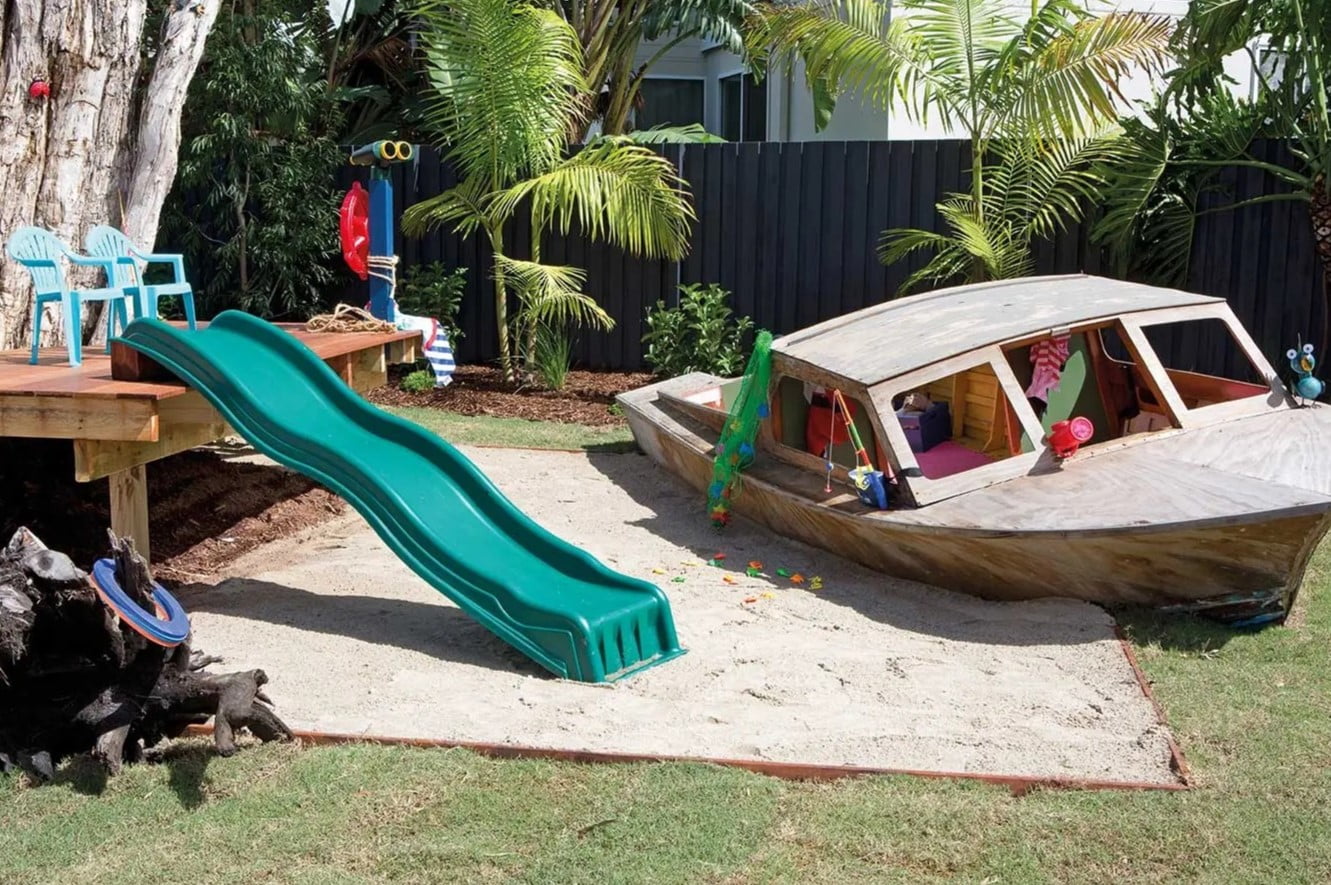

Garden Essentials
What To Put Down For Kids’ Play Area Outside
Modified: March 7, 2024
Discover fun and engaging ideas for creating a garden play area outside for kids. Find inspiration and tips on what to include in your outdoor space to keep children entertained and active.
(Many of the links in this article redirect to a specific reviewed product. Your purchase of these products through affiliate links helps to generate commission for Storables.com, at no extra cost. Learn more)
Introduction
A kids’ play area outside is not only a great way to encourage children to spend more time outdoors, but it also provides them with an opportunity to engage in physical activity and explore their surroundings. Creating a safe and inviting outdoor space for children requires careful planning and consideration of various factors. From choosing the right surface materials to incorporating play structures and landscaping elements, there are many elements to consider when designing a kids’ play area.
Safety should always be the top priority when designing a play area for children. It is essential to create a space that minimizes the risk of accidents and injuries. This can be achieved by selecting appropriate surface materials, installing adequate fencing and boundaries, and ensuring that play structures and equipment meet safety standards. Additionally, providing shaded areas and comfortable seating for parents and caregivers is important for creating a welcoming and inclusive play environment.
In this article, we will explore different aspects to consider when designing a kids’ play area outside. From surface options to fencing, play structures, seating, natural elements, storage, and additional features, we will cover all the essential elements to create a safe and engaging space for children to play and explore.
Key Takeaways:
- Designing a safe and fun outdoor play area for kids involves choosing the right surface materials, installing secure fencing, and ensuring age-appropriate play structures. It’s all about creating a space that promotes safety and enjoyment for children.
- Incorporating natural elements, providing comfortable seating, and adding fun features like musical instruments and art stations can make the play area more engaging and educational. It’s about creating a space that encourages creativity, learning, and outdoor fun for kids.
Read more: How To Make An Outside Play Area
Safety Considerations
When it comes to designing a kids’ play area outside, safety should be the top priority. Here are some key safety considerations to keep in mind:
- Choose appropriate surface materials: The surface material you select for your play area is crucial in preventing injuries from falls. Consider using materials such as rubber mulch, engineered wood fiber, or synthetic turf, as they provide cushioning and impact-absorbing properties. Avoid hard surfaces like concrete or asphalt, as they can increase the risk of injuries.
- Install fencing and boundaries: Securing the play area with proper fencing is essential to prevent children from wandering off and to keep out unwanted visitors or animals. Choose a fence that is at least four feet high and has a self-closing gate. Make sure there are no gaps or spaces that children can squeeze through.
- Ensure proper spacing and placement: Ensure that play structures and equipment are properly spaced to avoid collisions and overcrowding. Allow enough space between structures for children to move freely and play safely. Place play equipment away from roads or other potential hazards.
- Regularly inspect and maintain equipment: Regularly inspect all play structures and equipment for any signs of wear and tear, such as loose bolts or sharp edges. Repair or replace any damaged components immediately. Keep the play area clean and free from debris to prevent accidents.
- Consider age-appropriate design: Cater the play area design to the age group of the children who will be using it. Install equipment that is suitable for their developmental stage, ensuring that it is not too challenging or too easy for them. Keep in mind that younger children may require equipment with lower platforms and more accessible features.
By following these safety considerations, you can create a play area that provides a safe and secure environment for children to have fun and explore.
Surface Options
Choosing the right surface material for a kids’ play area outside is crucial for ensuring their safety and minimizing the risk of injuries. Here are some popular surface options to consider:
- Rubber mulch: Rubber mulch is a popular choice due to its soft and cushioned texture. Made from recycled rubber, it provides excellent impact absorption and helps reduce injuries from falls. Rubber mulch is also durable, low-maintenance, and resistant to weather and pests.
- Engineered wood fiber: Engineered wood fiber is another commonly used surface material for playgrounds. It is made from finely shredded wood fibers and is designed to provide shock absorption, similar to natural soil. Engineered wood fiber is cost-effective, easy to install, and provides a natural-looking play surface.
- Synthetic turf: Synthetic turf offers a soft and comfortable play surface that is resistant to wear and tear. It provides a clean and low-maintenance option that is suitable for play areas with high foot traffic. Synthetic turf is available in various styles and thicknesses, and it can be customized to fit the specific needs of your play area.
- Poured-in-place rubber: Poured-in-place rubber is a seamless and highly durable surface option. It consists of a mixture of rubber granules and binding agents that are mixed on-site and poured onto a prepared sub-base. This surface option provides excellent impact absorption, is wheelchair accessible, and can be customized with different colors and patterns.
- Grass: Natural grass can also be used as a surface option for play areas, especially in residential settings. It provides a soft and inviting play area while offering a natural aesthetic. However, grass requires regular maintenance, including mowing, watering, and fertilizing, and may need to be periodically reseeded or repaired due to wear and tear.
When deciding on the surface material, consider factors such as budget, maintenance requirements, durability, and the specific needs of the play area. Consulting with a professional landscape architect or playground equipment supplier can help you make an informed decision based on your unique requirements.
Keep in mind that regardless of the surface material you choose, regular inspections and maintenance are essential to ensure the continued safety and longevity of the play area.
Fencing and Boundaries
Installing appropriate fencing and boundaries is an essential aspect of designing a safe kids’ play area outside. Here are some considerations to keep in mind:
- Choose the right type of fence: Select a fence that is sturdy, durable, and able to withstand outdoor elements. Options include chain-link fences, wooden fences, or vinyl fences. Make sure the fence is at least four feet high to prevent children from easily climbing over it.
- Ensure proper gate access: Install a gate that is secure and self-closing to prevent children from accidentally leaving the play area unattended. Consider using gate latches that are childproof and require adult supervision to open. Regularly check the gate to ensure it closes properly and does not have any gaps or sagging that can compromise its security.
- Eliminate potential hazards: Inspect the surrounding area and remove any potential hazards near the play area, such as sharp objects, tools, or poisonous plants. Ensure that there are no exposed wires, outlets, or other electrical hazards within reach of children. Clear any debris or obstacles that may cause injuries or tripping hazards.
- Consider visibility: Opt for a fence design that allows for visibility both inside and outside the play area. This enables parents or caregivers to keep an eye on children while also ensuring that passersby can easily see if assistance is needed. If privacy is a concern, consider using slatted fences or planting shrubs or hedging around the perimeter of the play area.
- Childproof the boundaries: Even with a secure fence, it is important to childproof the boundaries of the play area. Ensure there are no gaps or spaces that children can squeeze through or get stuck in. Install safety measures such as padding or rubber edge guards on sharp edges or corners of nearby structures or obstacles. Check for any potential trip hazards along the edges of the play area and address them accordingly.
By implementing proper fencing and boundaries, you can create a secure play area that provides peace of mind for both children and parents. Regularly inspect and maintain the fence to ensure its stability and effectiveness in keeping the play area safe and contained.
Play Structures and Equipment
Play structures and equipment are the heart of a kids’ play area outside. When selecting and installing these elements, it’s important to consider safety, age appropriateness, and the specific interests and developmental needs of the children who will be using the play area. Here are some important factors to consider:
- Safety standards: Ensure that all play structures and equipment meet the required safety standards and certifications. Look for equipment with rounded edges, sturdy construction, and non-toxic materials. Avoid equipment that has flaking paint, loose bolts, or sharp edges.
- Age appropriateness: Consider the age group of the children who will be using the play area. Younger children may require equipment with lower platforms, smaller steps, and simpler features, while older children may need more challenging and interactive structures. Include a variety of equipment that caters to different age ranges to accommodate a wider range of children.
- Play value: Choose equipment that offers a variety of play opportunities, such as climbing, sliding, swinging, and imaginative play. Incorporate elements like slides, swings, climbing walls, balance beams, and tunnels. Consider interactive panels or sensory play features to engage children’s curiosity and creativity.
- Accessibility: Design the play area to be accessible for children with disabilities. Include features such as wheelchair ramps, accessible swings, and ground-level play elements. Ensure that the pathways leading to different play structures are wide enough to accommodate mobility aids and strollers.
- Installation and maintenance: Follow the manufacturer’s guidelines for the proper installation of play structures and equipment. Regularly inspect the equipment for wear and tear and ensure that it is securely anchored to the ground. Make any necessary repairs or replacements promptly to maintain the safety and integrity of the play area.
Remember to provide ample space around each play structure for children to move and play safely. Consider incorporating safety surfacing materials, such as rubber mulch or engineered wood fiber, beneath and around the equipment to cushion falls and minimize injuries.
By selecting appropriate play structures and equipment and ensuring their proper installation and maintenance, you can create an engaging and enjoyable play area that promotes physical activity, creativity, and social interaction among children.
Consider using soft, impact-absorbing materials like rubber mulch or artificial turf for the ground in a kids’ play area outside. This can help reduce the risk of injury from falls and provide a safe surface for play.
Seating and Shade
Providing comfortable seating and ample shade is essential for creating a welcoming and enjoyable kids’ play area outside. Here are some considerations when incorporating seating and shade into your design:
- Benches and picnic tables: Install benches and picnic tables throughout the play area to provide a place for parents, caregivers, and children to sit and relax. Choose durable and weather-resistant materials such as metal, plastic, or treated wood. Ensure that the seating is well-spaced and strategically placed near play structures for easy supervision and interaction.
- Shade structures: Incorporate shade structures such as pergolas, gazebos, or canopies to provide relief from the sun’s heat and harmful UV rays. Consider materials that offer both durability and aesthetics. Add climbing plants or retractable awnings for additional shade options.
- Umbrellas or sun sails: Consider using umbrellas or sun sails in areas where fixed shade structures may not be feasible. These portable and adjustable options provide flexibility in shading specific areas and can be moved as needed.
- Natural shading elements: Utilize existing trees and nearby landscaping to create natural shading areas. Position play structures and seating to take advantage of the shade provided by existing trees or plant additional trees strategically around the play area.
- Comfort and cleanliness: Choose seating options that are comfortable and easy to clean. Consider adding cushions or padding to benches or providing seating with built-in storage for keeping personal belongings or toys organized. Regularly clean seating areas to keep them free from debris and maintain a hygienic environment.
- Accessibility: Ensure that seating areas are accessible for individuals with disabilities. Provide seating options that are at an appropriate height for wheelchair users and offer ample space for maneuverability.
By incorporating comfortable seating and adequate shade, you create a more inviting and inclusive environment for families to relax and enjoy their time in the play area. Additionally, seating and shade encourage longer stay durations, promoting positive social interactions and a sense of community among parents and children.
Natural Elements and Landscaping
Incorporating natural elements and landscaping into a kids’ play area outside can enhance its overall appeal and provide additional sensory experiences for children. Here are some ideas for integrating nature into your play area:
- Gardens and plants: Create small gardens or planters within the play area. Plant colorful flowers, shrubs, or herbs that are safe for children and attract butterflies or birds. Involve children in the gardening process, teaching them about plants and responsibility through watering and maintaining the garden.
- Paths and stepping stones: Integrate paths or stepping stones made of natural materials like stones, wood slices, or bamboo. These elements can serve as pathways for children to explore the play area and encourage imaginative play.
- Water features: Consider adding a small water feature such as a shallow pond, a fountain, or a mini waterfall. Ensure that it is safely designed and supervised, and that children are always within reach of responsible adults. Water features can provide a soothing environment and opportunities for sensory play.
- Sand and sensory play: Set up an area designated for sand play, either with a sandbox or loose sand. Incorporate digging toys, buckets, and shovels for children to engage in imaginative play. Consider adding elements like rocks, logs, or tree stumps for climbing and balancing activities.
- Nature-themed play structures: Integrate nature-themed play structures, such as treehouses, log bridges, or animal-shaped climbing structures. These elements allow children to interact with nature while engaging in physical activity and imaginative play.
- Wildlife habitats: Create bird feeders, birdhouses, or butterfly gardens within the play area to attract and support local wildlife. Educate children about the importance of conserving nature and respecting the habitats of these animals.
By incorporating natural elements and landscaping, you not only provide visual interest and aesthetic appeal to the play area but also foster a deeper connection between children and the natural world. Encourage exploration, curiosity, and a sense of wonder by integrating these elements into your design.
Storage and Organization
Effective storage and organization solutions are essential for maintaining a clean and clutter-free kids’ play area outside. Here are some ideas to help you keep the play area tidy and organized:
- Toy boxes or bins: Provide designated storage areas for toys and equipment. Use large toy boxes or bins to store items like balls, frisbees, small playsets, and other loose toys. Label the containers or use picture labels to make it easier for children to identify and return items to their proper places.
- Shelves or cubbies: Install shelves or cubbies for storing books, art supplies, and smaller toys. Use colorful bins or baskets to categorize different items and make them easily accessible for children.
- Pegboards or hooks: Mount pegboards or hooks on walls or fences to hang items such as helmets, jackets, or sports equipment. This not only keeps these items off the ground but also encourages children to take responsibility for their belongings.
- Storage benches: Opt for benches with built-in storage compartments. These can serve as seating areas while also providing storage space for sports equipment, outdoor games, or cushions.
- Tool sheds or storage units: Consider investing in a small tool shed or storage unit to keep larger items like bicycles, scooters, or ride-on toys. This helps protect them from the elements and keeps them organized and easily accessible.
- Organization systems: Implement a system for rotating and organizing toys. Put some toys away and rotate them periodically to keep the play area fresh and exciting. Store seasonal items separately and switch them out as needed, ensuring that the play area remains appropriate and engaging throughout the year.
Educate children about the importance of tidying up after playtime and maintaining a clean play area. Encourage them to take an active role in organizing and caring for their toys. By providing adequate storage and teaching good organization habits, you create a visually appealing and functional play area that is easy to navigate and enjoyable for children to use.
Miscellaneous Features
In addition to the essential elements of a kids’ play area outside, there are several miscellaneous features that can enhance the overall experience and provide additional fun and convenience. Here are some ideas to consider:
- Musical elements: Incorporate musical instruments such as xylophones, drums, or chimes for children to explore and create their own rhythms and melodies. These musical features can enhance sensory experiences and encourage creativity.
- Art and creativity stations: Include an art wall or easels for children to express their creativity. Provide materials such as chalkboards, washable paints, or drawing tools. Encourage children to create artwork that can be displayed within the play area.
- Outdoor classroom: Integrate an educational component by including a small outdoor classroom area. Set up an interactive whiteboard or display informative signs or posters about nature, animals, or the environment. This encourages learning and exploration while enjoying outdoor playtime.
- Bike or scooter track: Designate a specific area for biking or scooting, complete with a track or marked pathways. Incorporate signs or signals to teach children about road safety and encourage responsible biking or scooting habits.
- Water play features: Consider including water play features such as sprinklers, water tables, or splash pads. These features provide a refreshing play option during hot summer months and promote sensory and social development.
- Outdoor gym or fitness stations: Incorporate exercise and fitness elements into the play area, such as balance beams, monkey bars, or climbing walls. These features promote physical activity and motor skill development while also encouraging healthy habits.
- Nature observation areas: Create observation areas with birdhouses, butterfly gardens, or insect habitats to encourage children to learn about and appreciate nature. Provide binoculars, magnifying glasses, or field guides to enhance their observation and learning experiences.
By incorporating these miscellaneous features, you can make the play area more engaging, educational, and versatile. Remember to assess the available space, budget, and the specific interests and needs of the children who will be using the play area to ensure that the chosen features align with the overall design.
Conclusion
Designing a kids’ play area outside is an exciting opportunity to create a safe, engaging, and imaginative space for children to explore and play. By considering important factors such as safety, surface options, fencing, play structures, seating, shade, natural elements, storage, and miscellaneous features, you can create a play area that promotes physical activity, social interaction, and creativity.
When it comes to safety, choosing appropriate surface materials, installing proper fencing and boundaries, and regularly inspecting and maintaining equipment are paramount. Ensuring age-appropriate play structures and equipment, providing comfortable seating, and offering ample shade are essential for creating a welcoming and inclusive environment.
Incorporating natural elements and landscaping brings a touch of nature to the play area, fostering a deeper connection between children and the outdoors. Additionally, implementing storage and organization solutions helps keep the play area clean, clutter-free, and easily accessible.
By considering miscellaneous features such as musical elements, art stations, outdoor classrooms, bike or scooter tracks, water play features, outdoor gyms, and nature observation areas, you can enhance the overall experience and provide additional avenues for creativity, learning, and fun.
Remember to tailor the design to the specific needs and interests of the children who will be using the play area, as well as considering the available space and budget. Regular maintenance and inspection of the play area are essential to ensure its ongoing safety and enjoyment.
Creating a well-designed kids’ play area outside not only encourages children to spend more time outdoors but also contributes to their physical, cognitive, and social development. So, let your creativity flow and design a play area that will provide countless hours of laughter, exploration, and joy for children of all ages.
Frequently Asked Questions about What To Put Down For Kids' Play Area Outside
Was this page helpful?
At Storables.com, we guarantee accurate and reliable information. Our content, validated by Expert Board Contributors, is crafted following stringent Editorial Policies. We're committed to providing you with well-researched, expert-backed insights for all your informational needs.
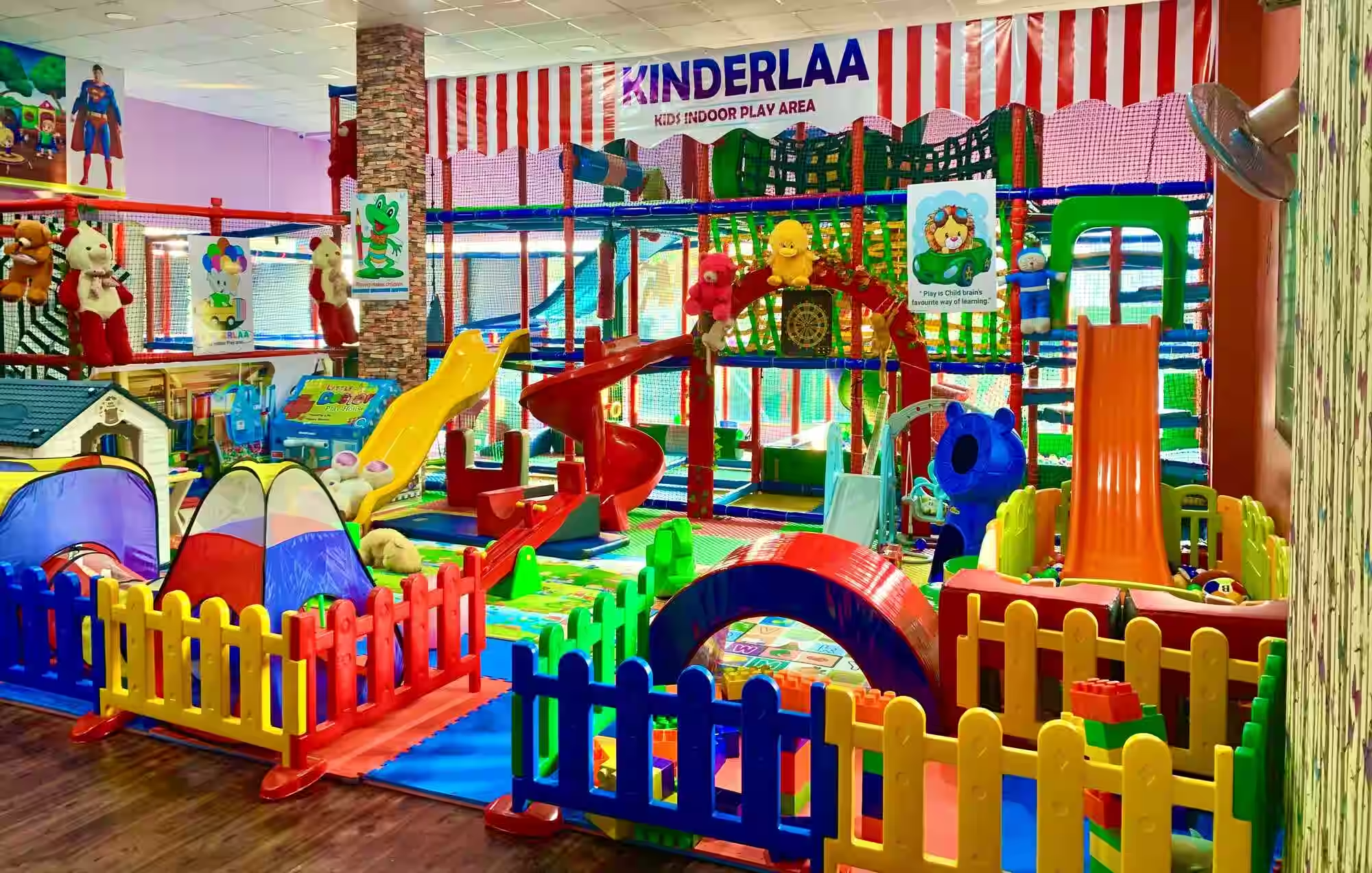
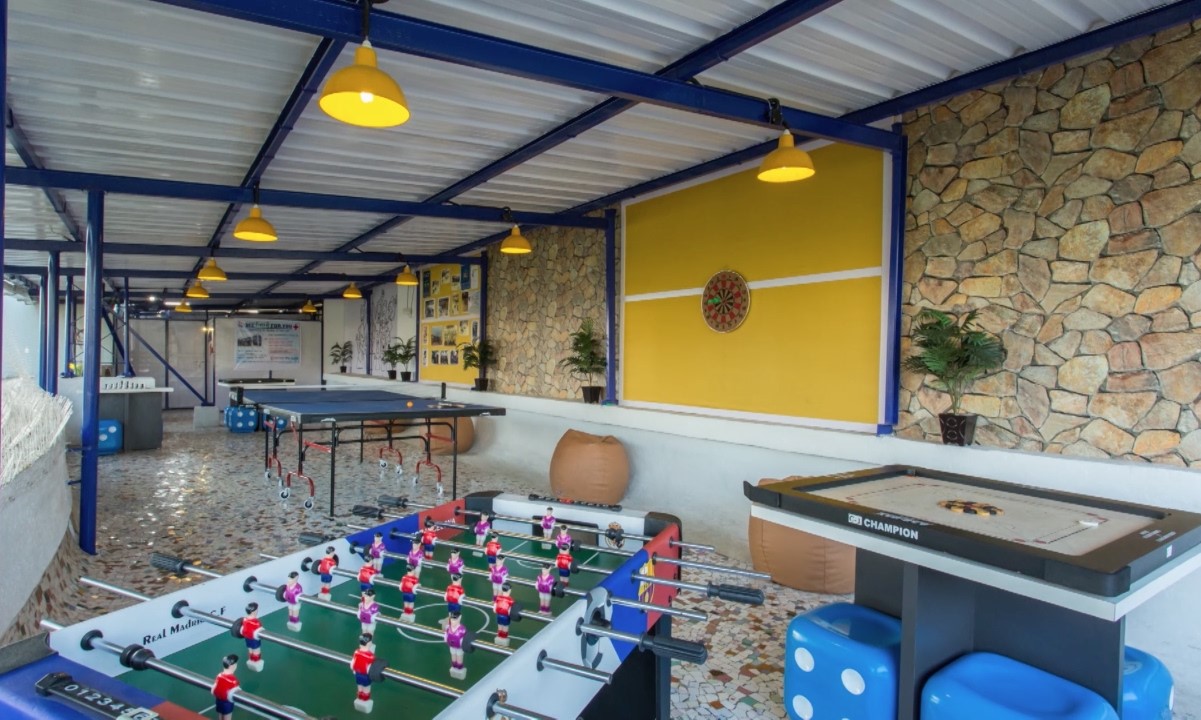
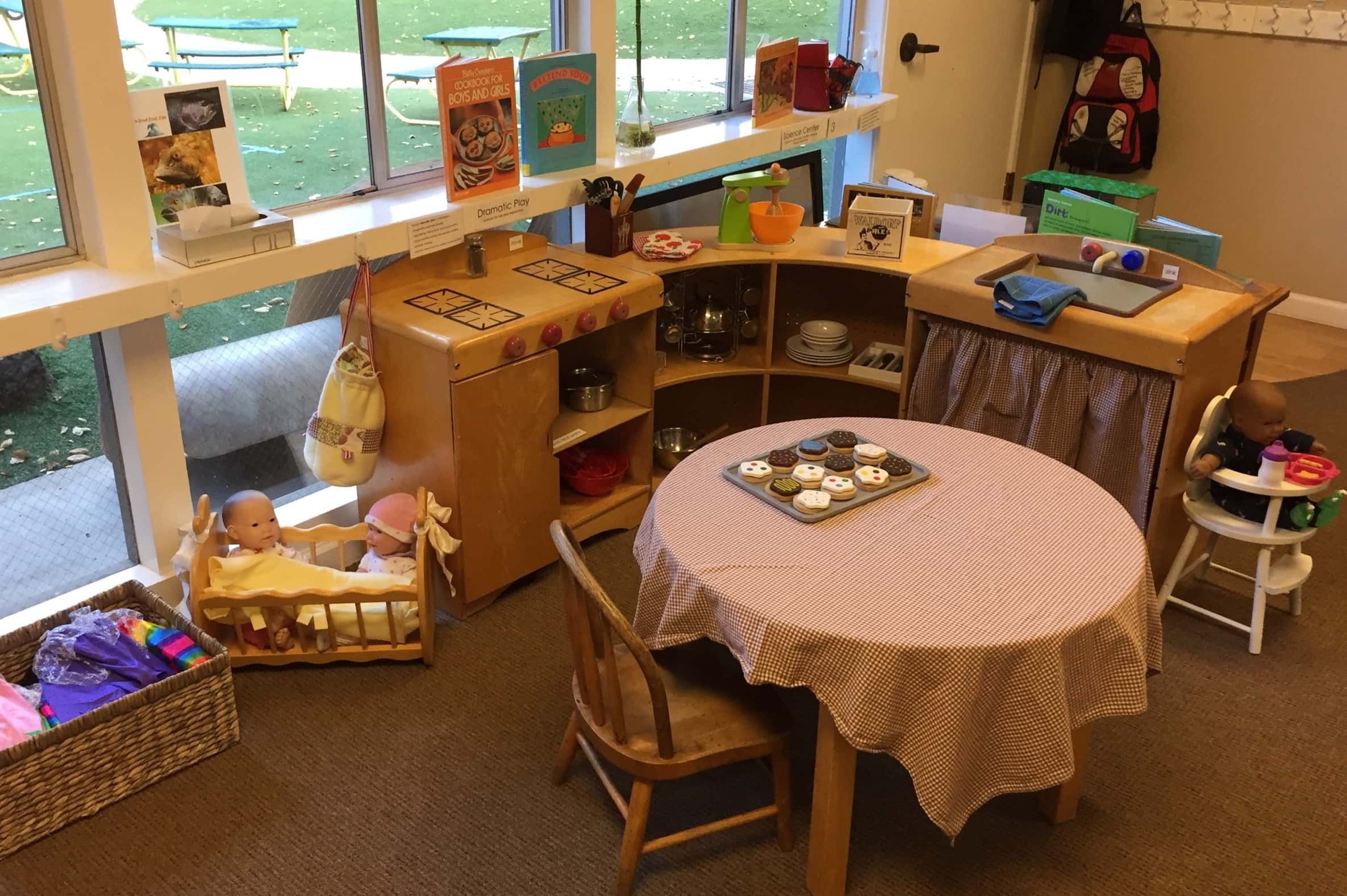
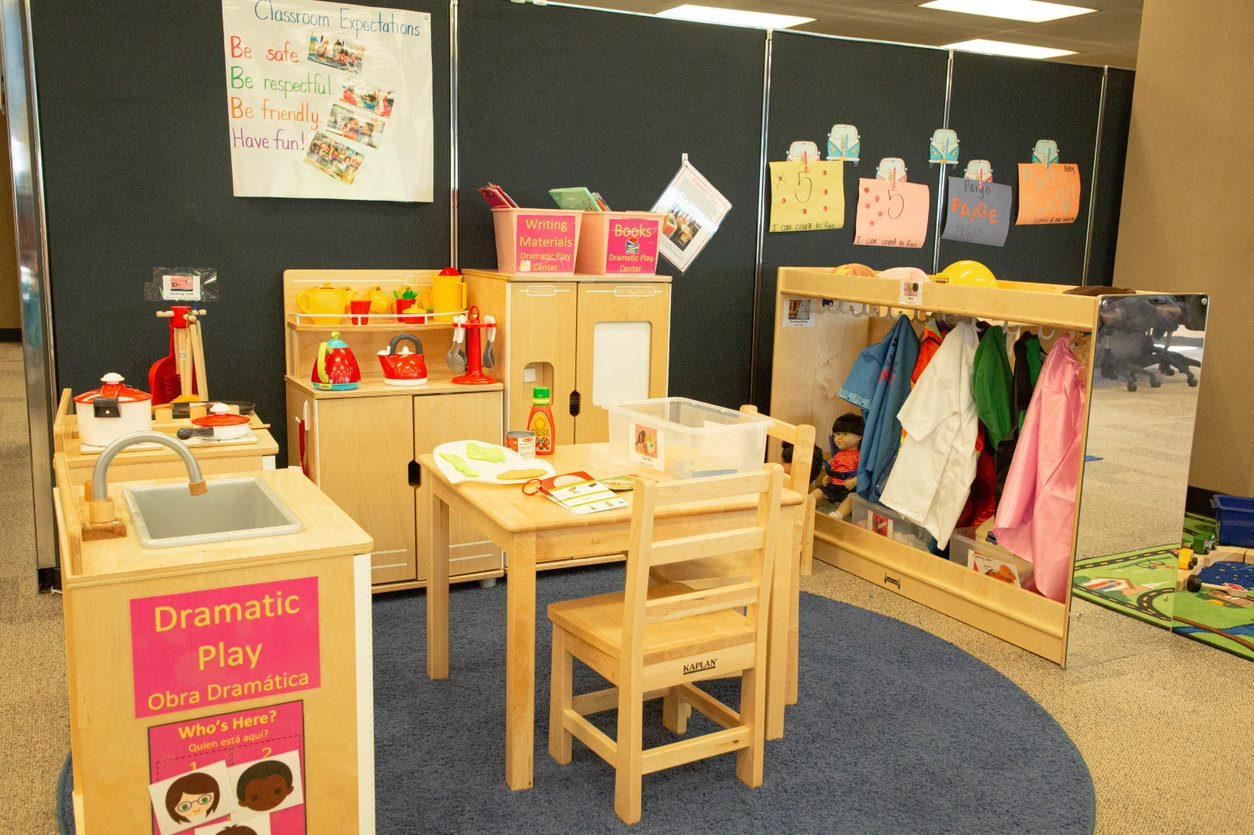
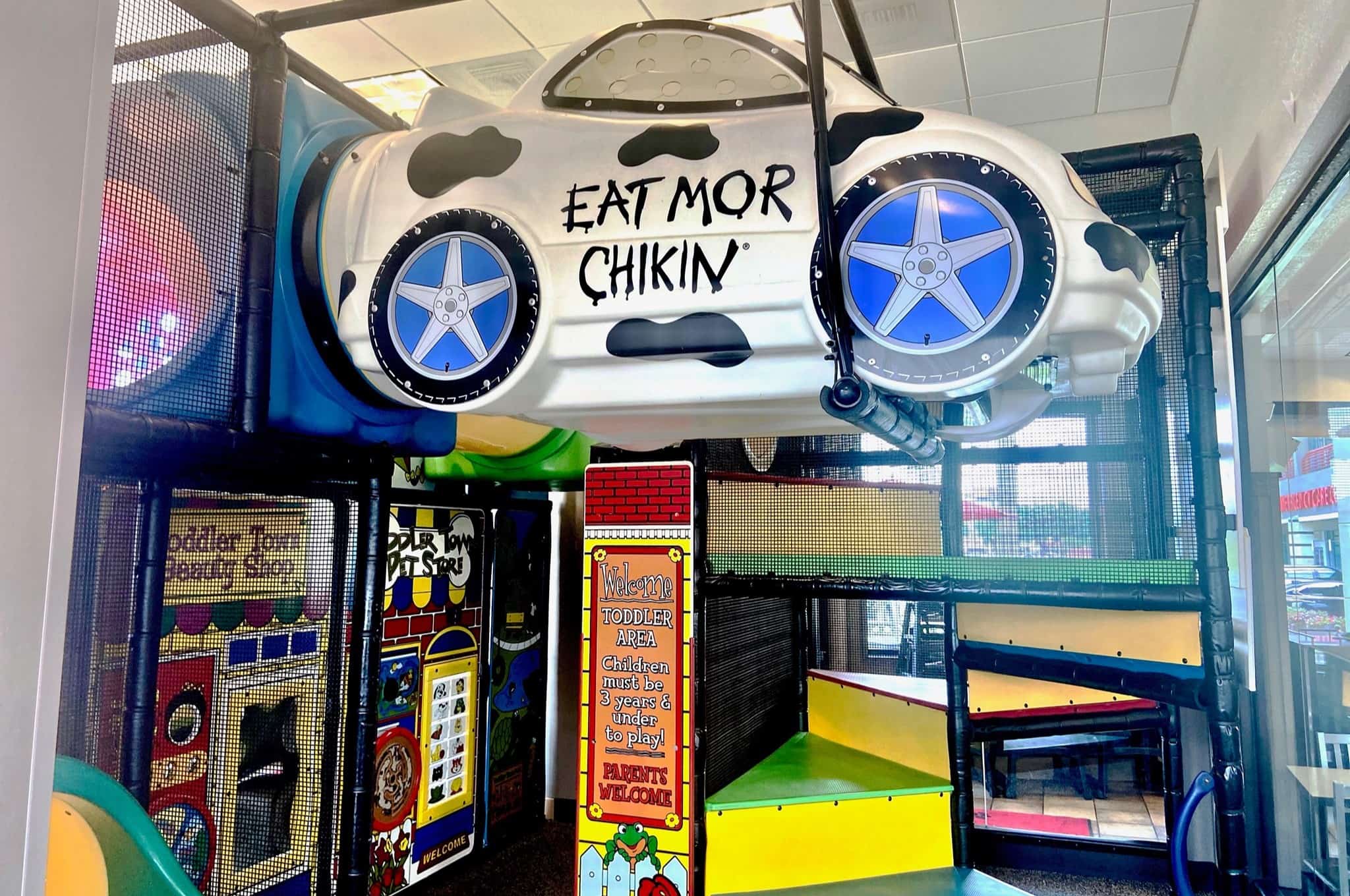
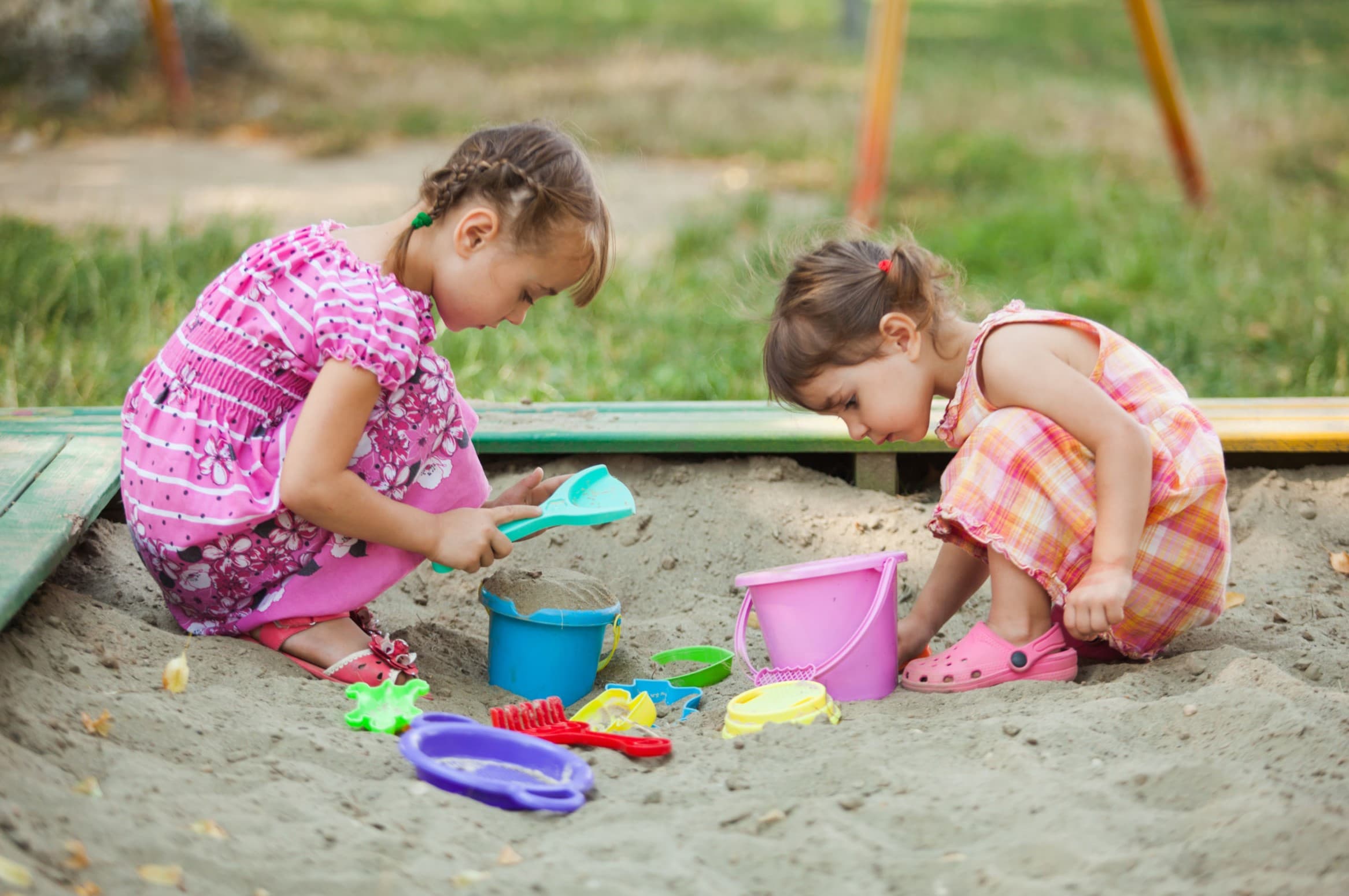
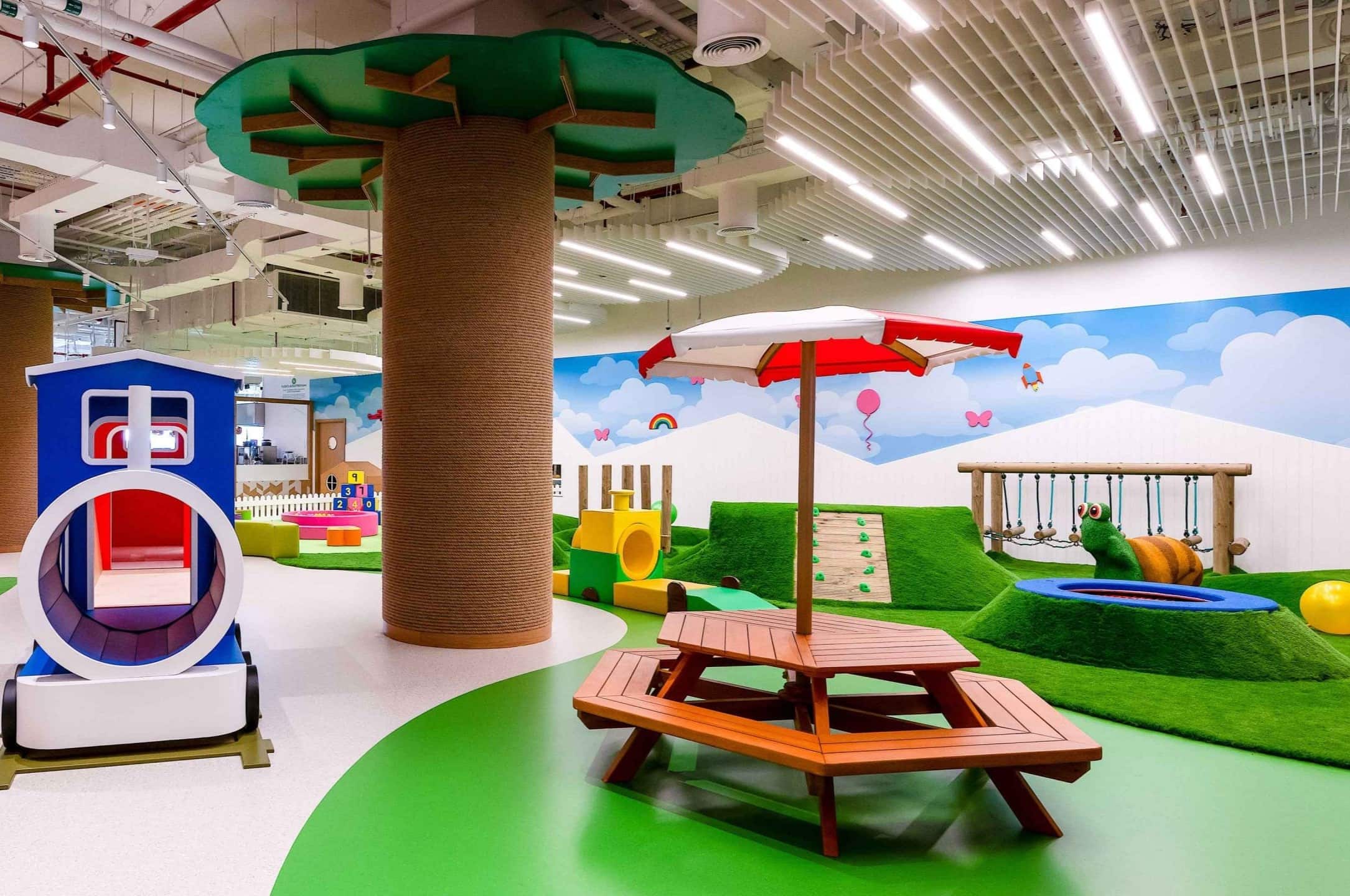
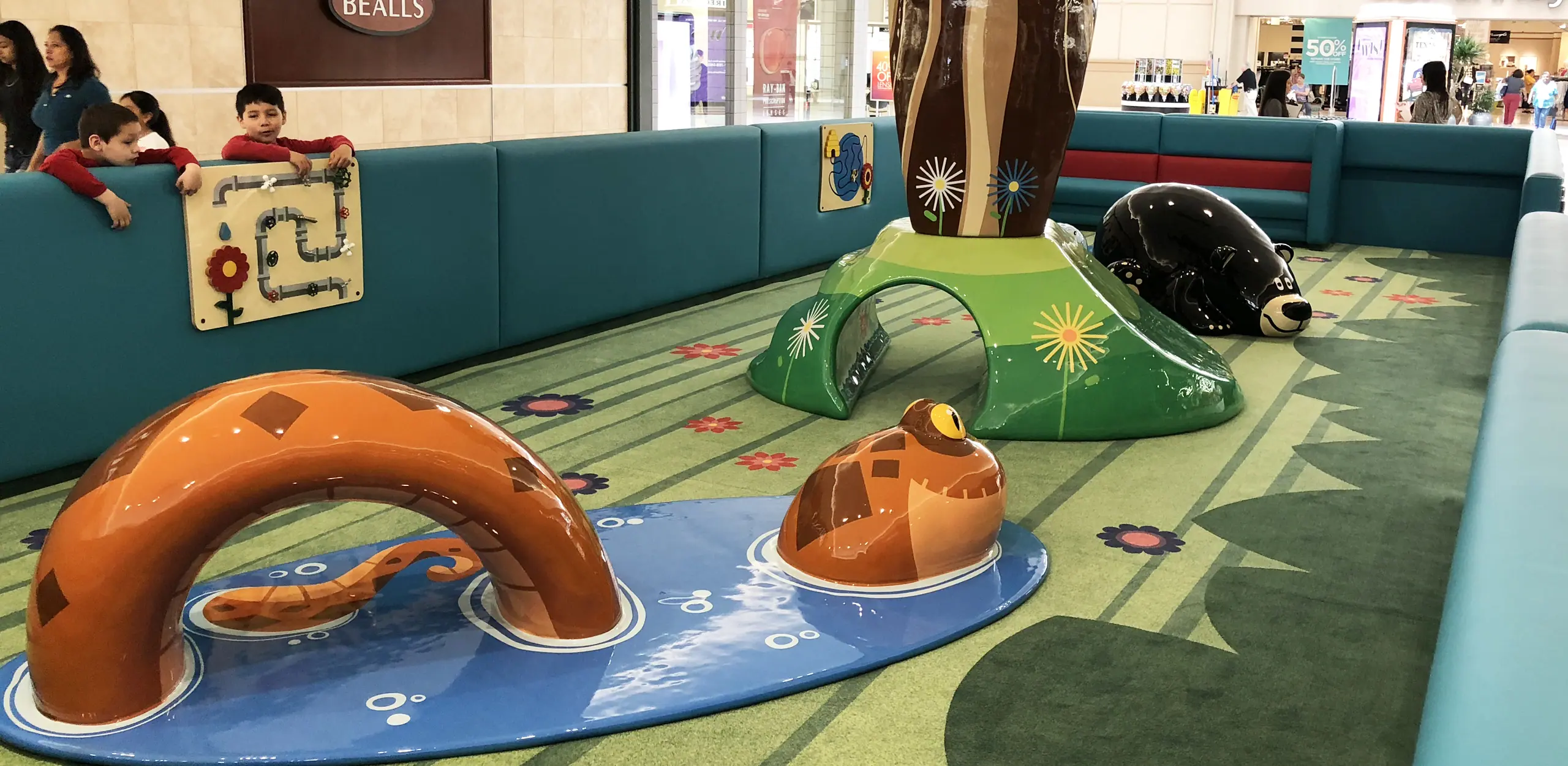
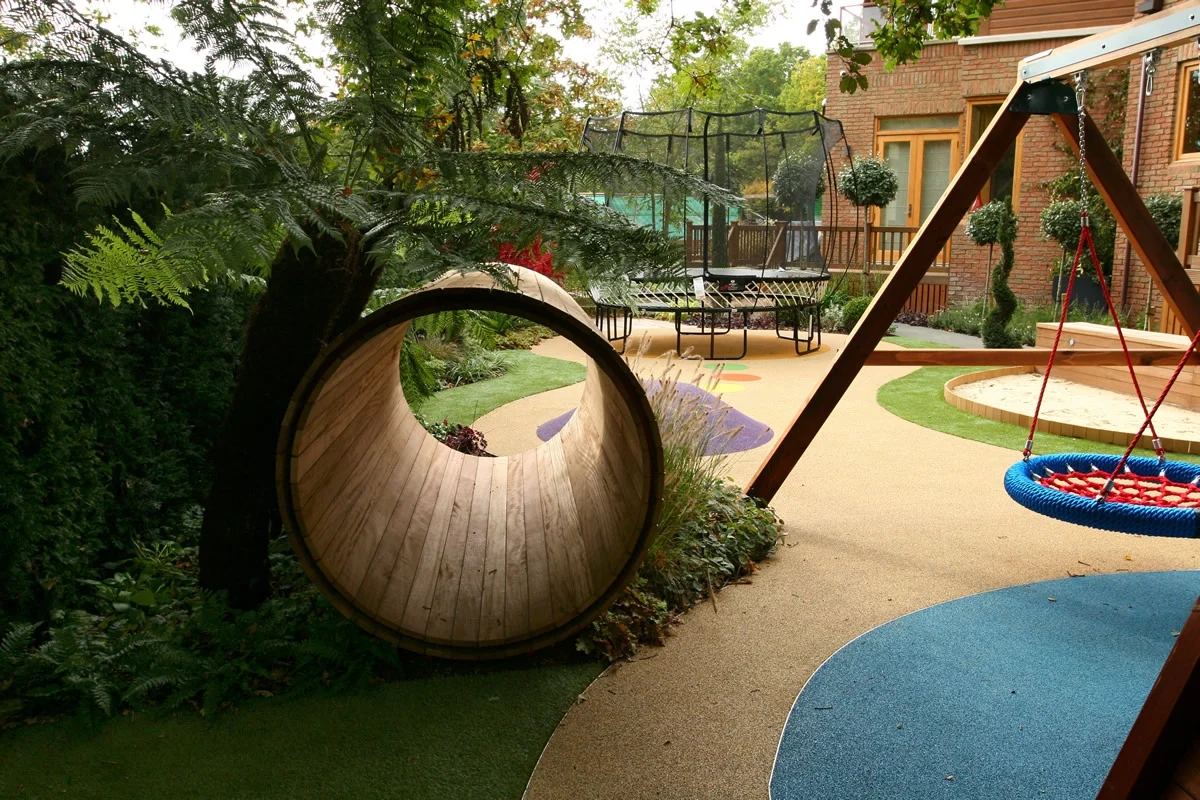

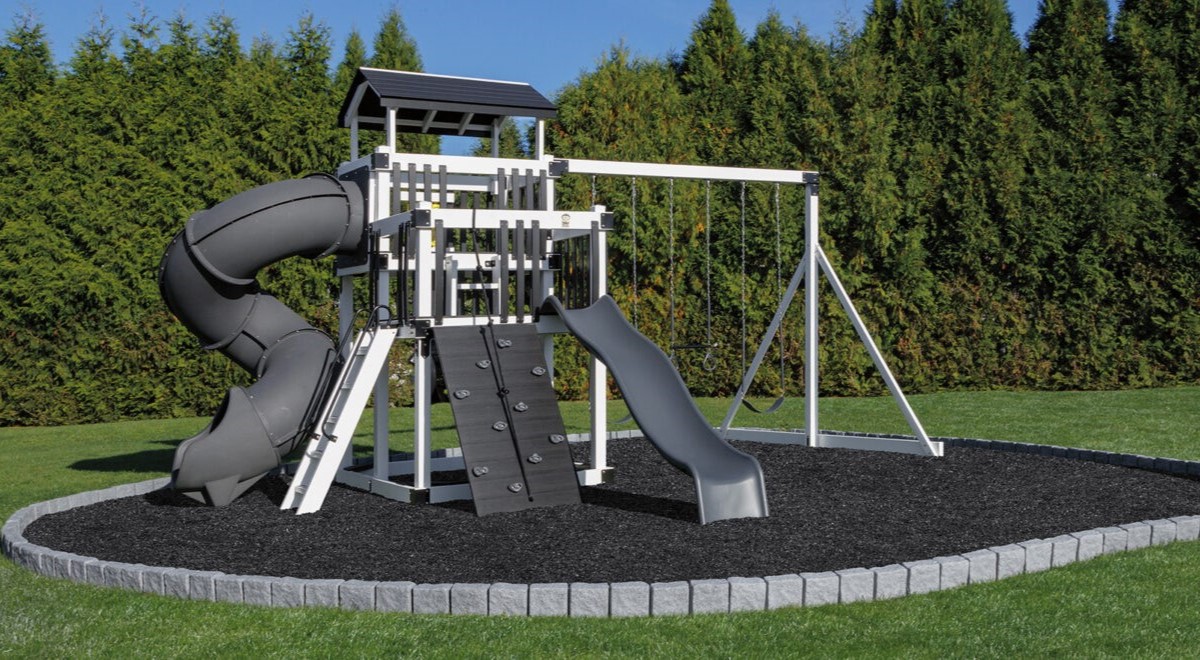

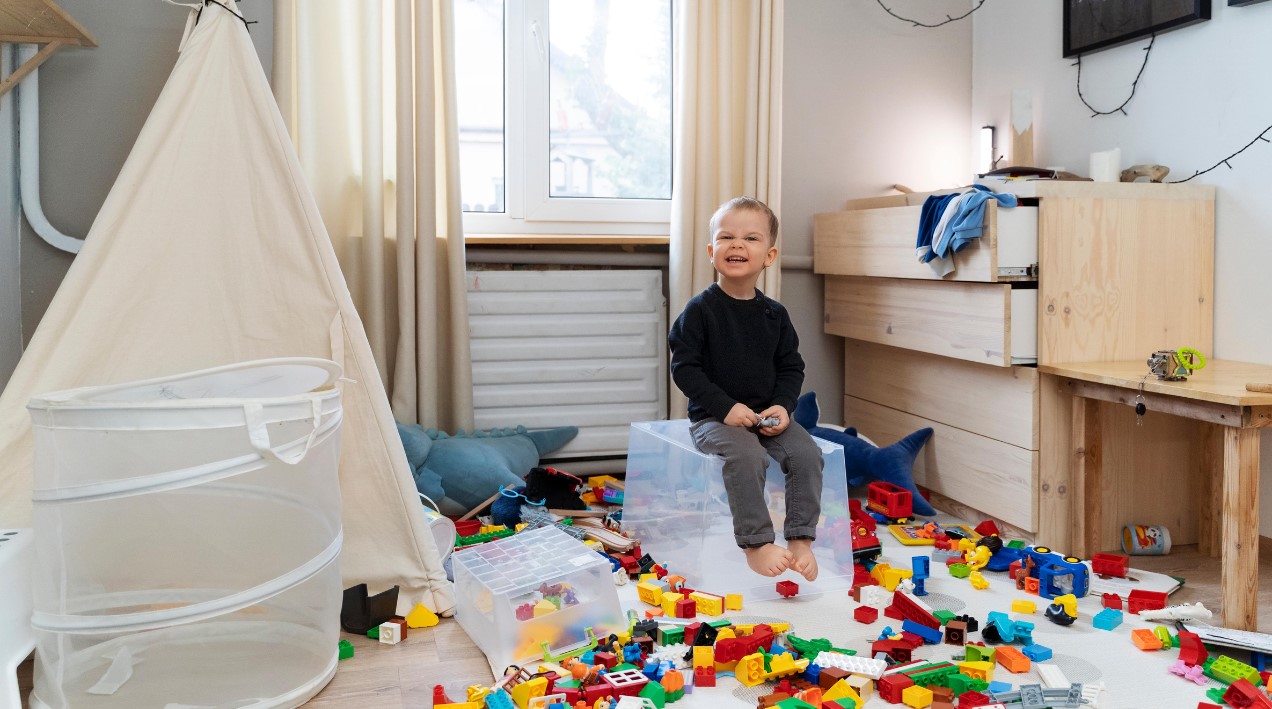

0 thoughts on “What To Put Down For Kids’ Play Area Outside”